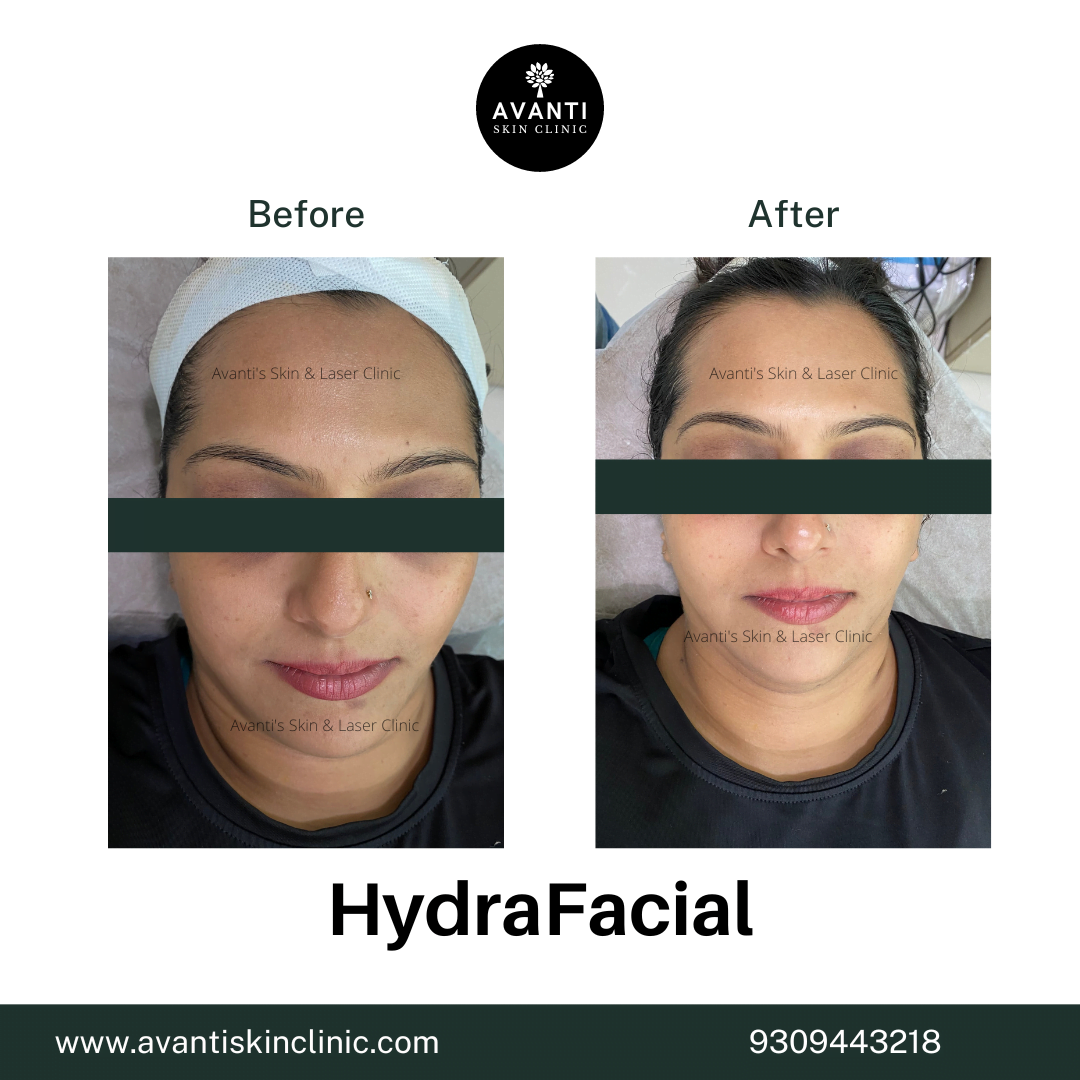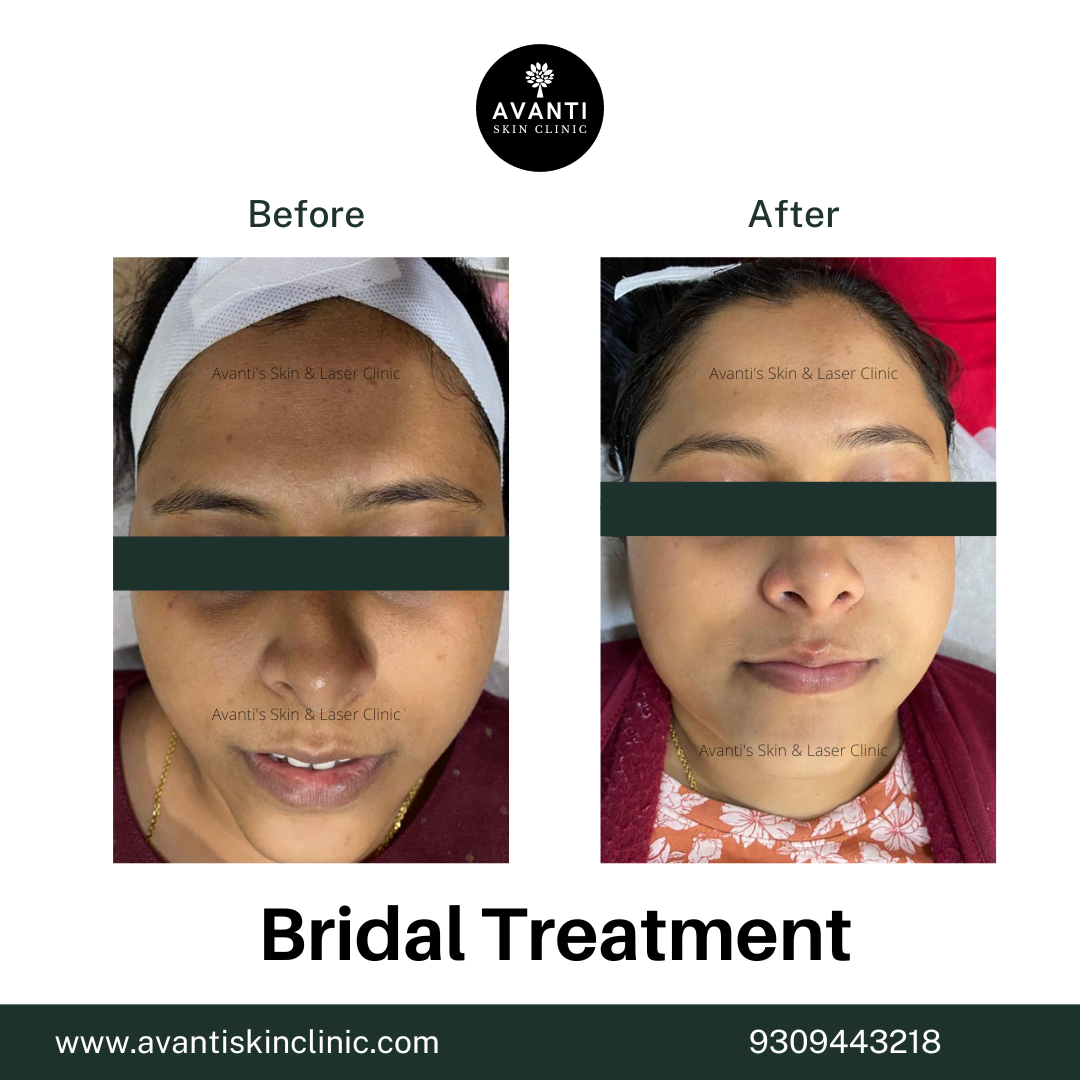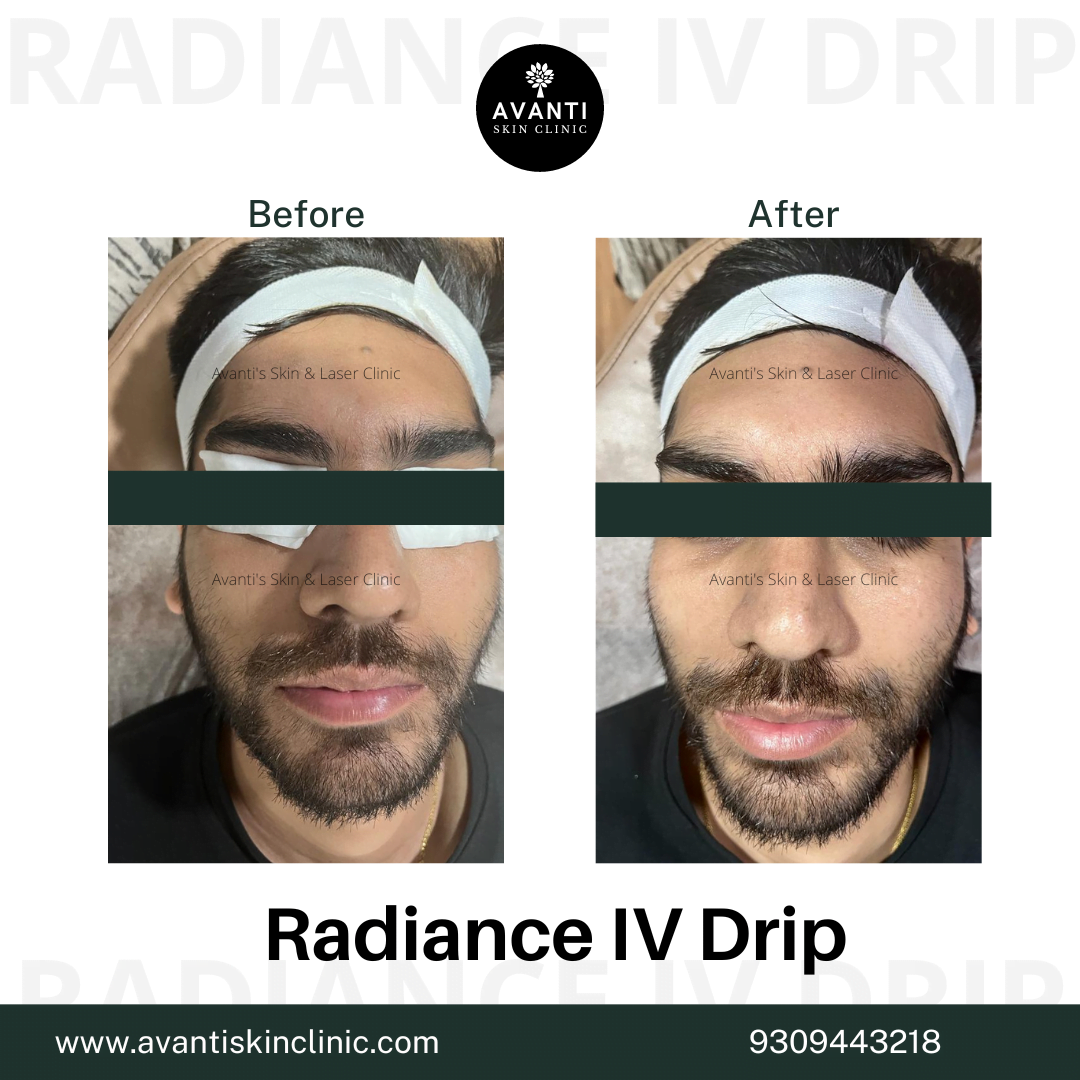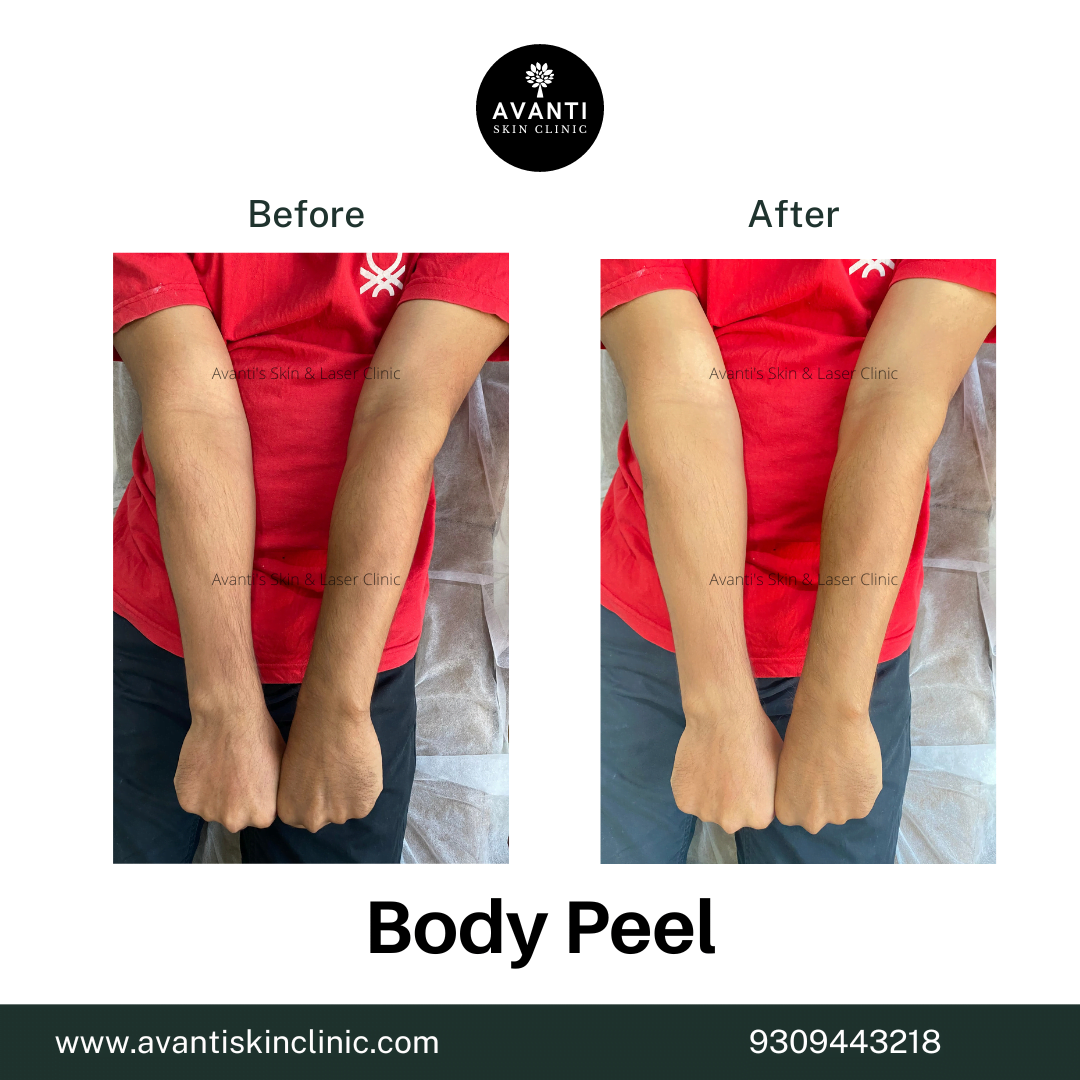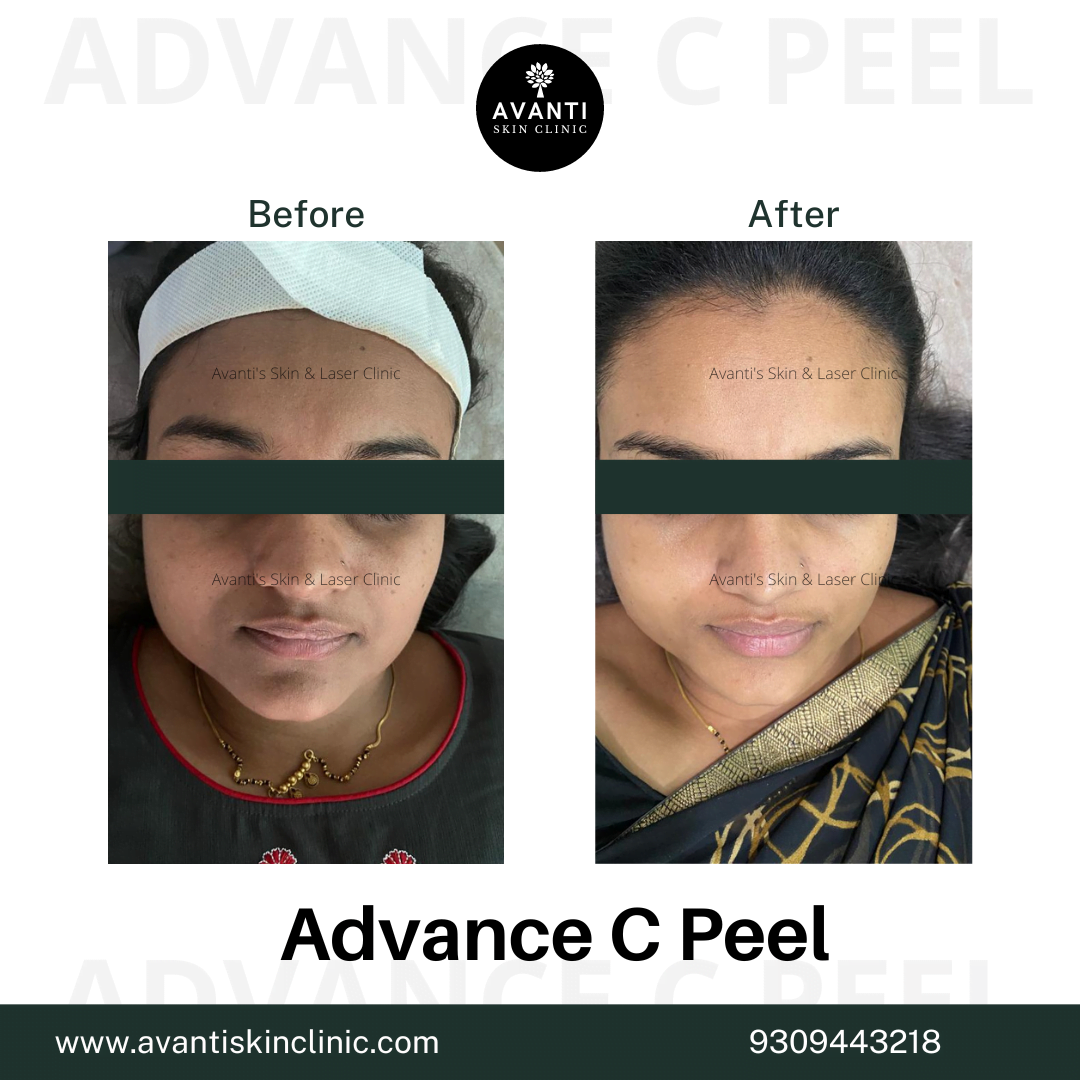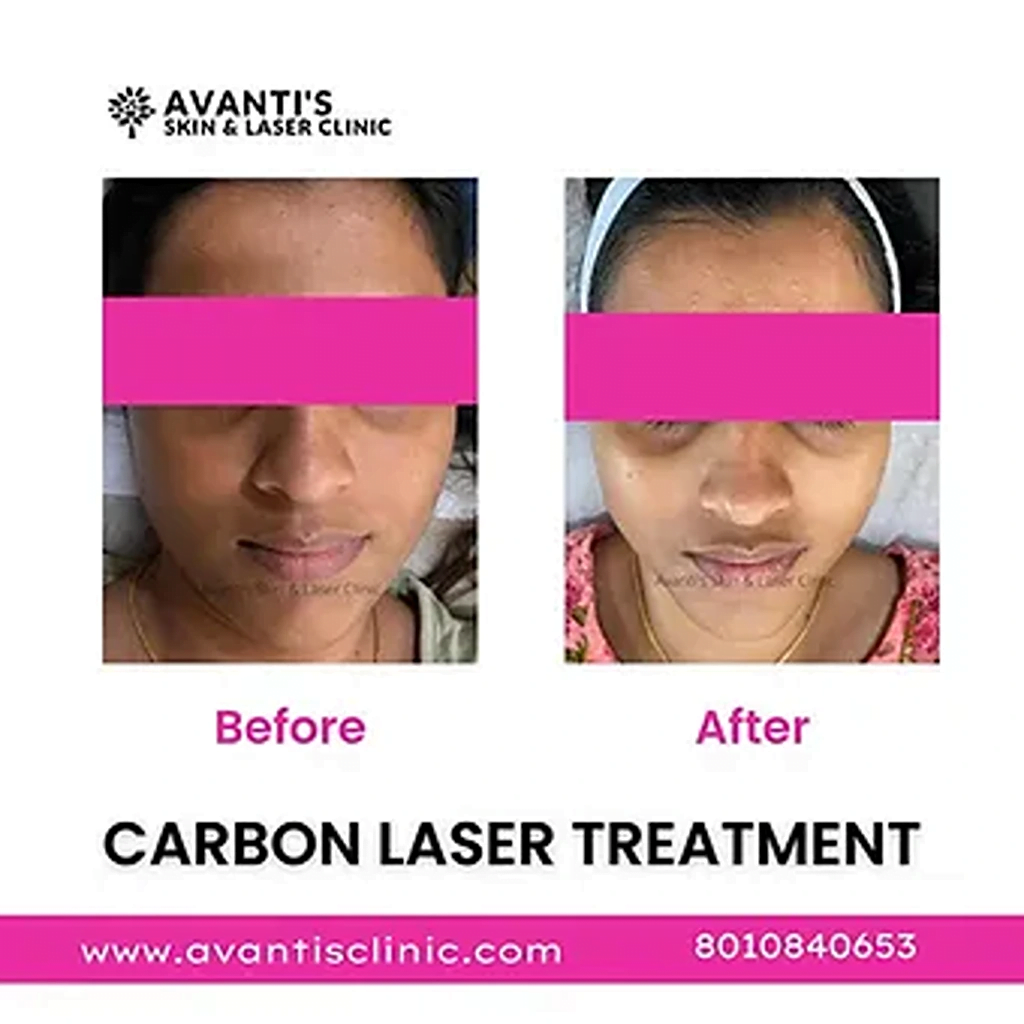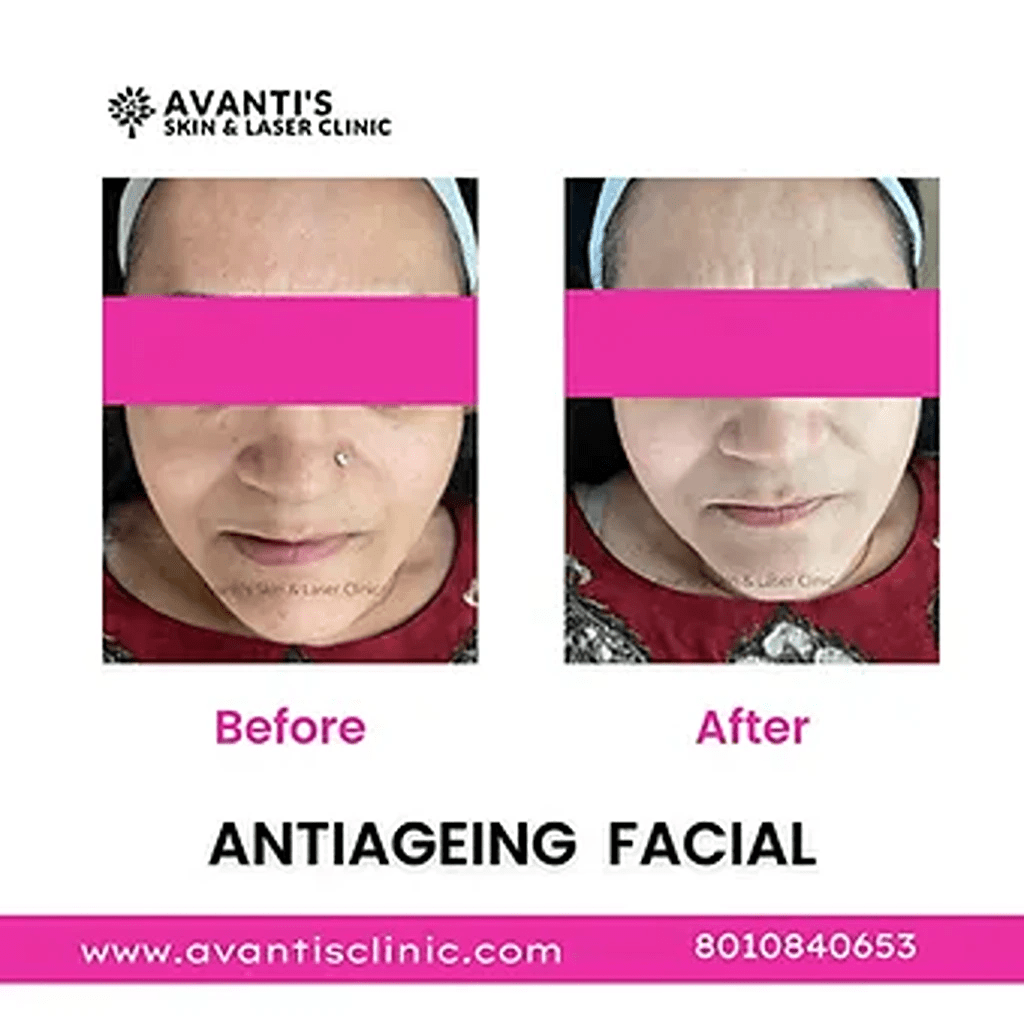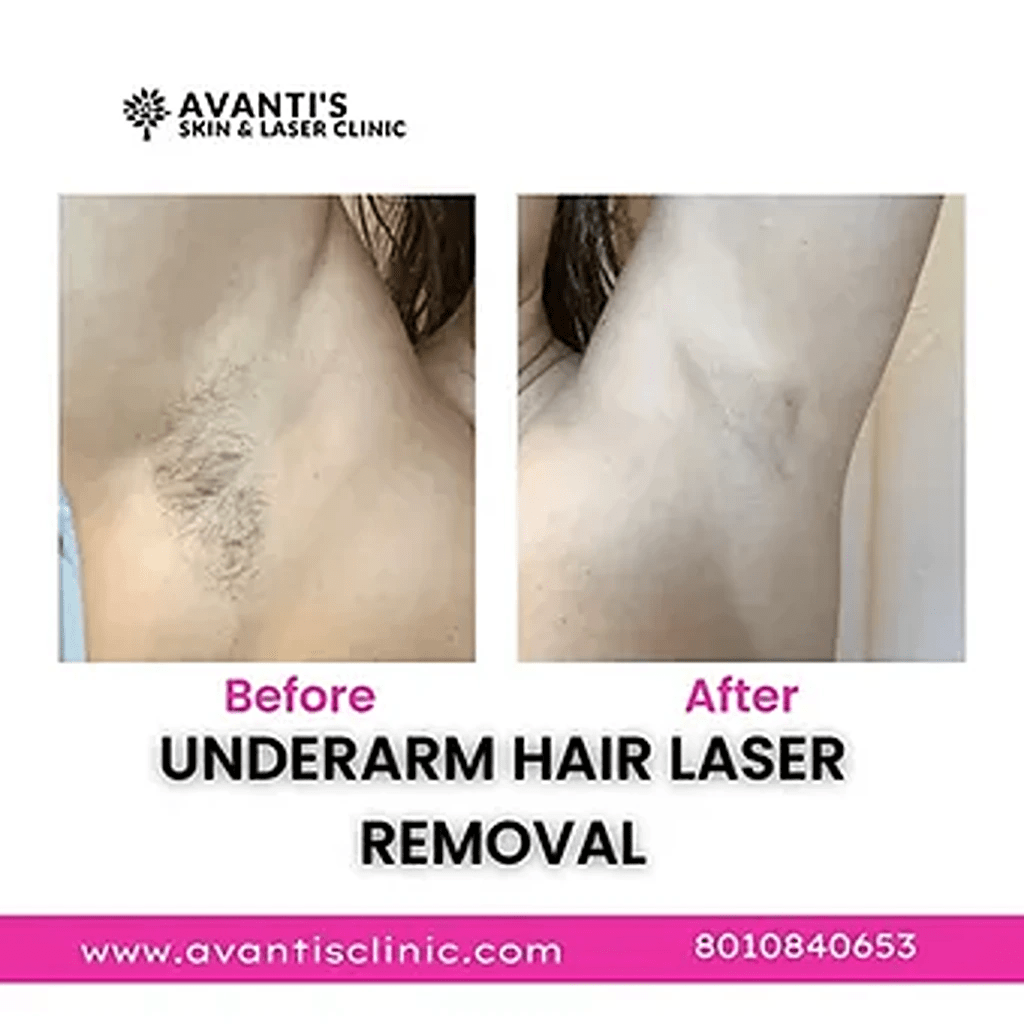Struggling with Oily Skin? Here’s Why Hydrafacial Might Be the Perfect Solution
Oily skin is a common concern across India, especially due to the country’s humid climate and pollution levels. From persistent shine to clogged pores and frequent breakouts, managing oily skin can be a daily battle. If you’ve tried countless face washes, masks, and toners with minimal success, it might be time to explore professional skincare treatments.
Among the most effective and gentle options is the Hydrafacial for oily skin. But is Hydrafacial good for oily skin in the Indian context? Absolutely. With its multi-step approach to deep cleansing, exfoliation, and hydration, this treatment targets the root causes of oily skin while giving your face a radiant, fresh glow.
Benefits of HydraFacial for oily skin
Overall skin tone, texture, and look are believed to be improved with the HydraFacial. This is because severe exfoliation clears your pores, eliminating debris and improving the absorption of skin-type-appropriate face serums.
Blackhead Hydra Facial
Blackheads are also caused by dead skin cells. The same exfoliating and extracting techniques employed in the HydraFacial may help with this non-inflammatory kind of acne, but further clinical research is required to directly verify these advantages.
Rosacea HydraFacial
Finding cosmetic procedures that are safe for this delicate skin condition might be challenging. A 2006 study found that similar methods might help papulopustular rosacea, although further research is required to confirm the HydraFacial’s safety and efficacy for rosacea.
HydraFacial for issues related to anti-ageing
According to a tiny 2008 study (Trusted Source) of 20 women, HydraFacial treatments resulted in a higher reduction in skin ageing indicators than serum use alone. Reduced fine wrinkles, less hyperpigmentation, and smaller pores were among the results.
Warnings and adverse effects of HydraFacial
Even though the HydraFacial is said to be problem-free (Trusted Source), you can experience little pressure from the wand while it’s being done. The HydraFacial is not intended to induce pain or redness, in contrast to other cosmetic procedures.
However, if you have an active rash, like one caused by a flare-up of rosacea, you should not have this operation.
Is it okay to have a HydraFacial while pregnant?
Before getting a HydraFacial or any other aesthetic procedure while pregnant, it’s advisable to consult a doctor. According to a 2017 analysis, there aren’t enough clinical trials to support the safety of numerous cosmetic procedures.
Is a breakout possible after a HydraFacial?
Theoretically, a HydraFacial is intended to help remove dead skin cells and excess sebum (oil), which can cause outbreaks. When skin purging occurs following severe exfoliation, the procedure may also aid in the removal of contaminants from the skin.
If you have extremely sensitive skin or are allergic to any substances that could trigger breakouts following the treatment, let your provider know before you get started. Additionally, if you get breakouts following a HydraFacial, get in touch with them again.
How does the HydraFacial for oily skin procedure operate?
A licensed dermatologist or aesthetician can perform a HydraFacial. There are three steps involved in the process:
To assist in removing oil and debris from deep inside your pores, your provider applies a wand that resembles a vortex to your skin. To assist in exfoliating and resurfacing your skin, they also apply a peel.
To help remove material from your pores, your provider utilises a wand attachment that functions similarly to a vacuum.
Your healthcare provider applies an antioxidant-rich moisturising serum using a pen-like device.
Other skin care procedures, like light therapy or dermal fillers, are occasionally performed after a HydraFacial. The HydraFacial does not include these; they are regarded as add-ons.
Clear the Shine, Not the Glow – Try Hydrafacial for Oily Skin
Managing oily skin doesn’t have to be a frustrating cycle of blotting papers and harsh cleansers. A professional Hydrafacial for oily skin offers long-term benefits—cleaner pores, balanced oil levels, and healthier, glowing skin.
If you’re wondering is Hydrafacial good for oily skin, the answer is a confident yes—especially when done at a reputed skin clinic with customised serums suited for Indian skin types. Take the next step toward smoother, shine-free skin with a Hydrafacial session today.
Frequently Asked Questions
Chemical peels can significantly improve the appearance of scars—especially superficial and mild acne scars—by promoting collagen production and resurfacing the skin. While deep scars may not disappear completely, they can become far less noticeable over time with consistent treatment.
For Indian skin types, TCA (Trichloroacetic Acid), salicylic acid, and glycolic acid peels are often recommended. These peels reduce post-acne marks, pigmentation, and shallow scars without causing undue irritation or hyperpigmentation.
Yes, but deep scars often require medium to deep chemical peels or a combination of treatments (like microneedling with peels). Chemical peel for deep scars can improve skin texture and reduce scar depth, but complete removal may need multiple sessions or adjunct therapies.
Typically, a course of 4–6 sessions spaced 2–4 weeks apart is recommended for noticeable improvement. Your dermatologist will decide the frequency based on the type and severity of your scars.
Absolutely. When done by a qualified skin specialist, chemical peel for scars is safe for all Indian skin types. Choosing the right acid and concentration is key to avoiding side effects and achieving visible results.


